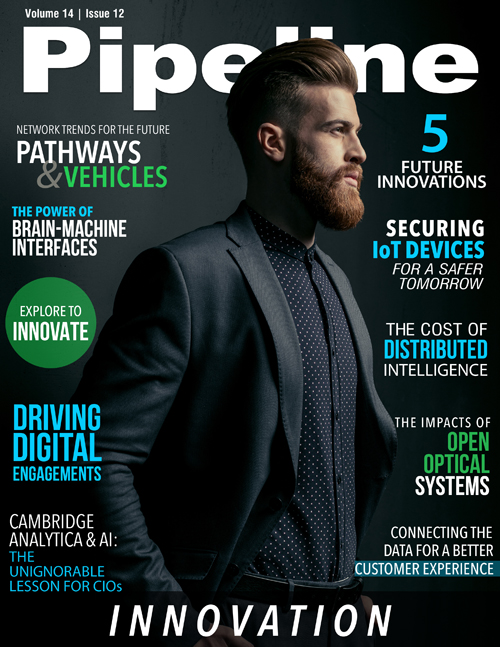5 Innovations That Could Shape the Future
A recent Forrester survey, as reported in Forbes, shows that industrial products lead all industries in IoT adoption rate at 45 percent, with another 22 percent planning to adopt IoT in the next 12 months. In a report on the topic, Capgemini notes that motorcycle manufacturer Harley Davidson invested in a fully IoT-enabled plant and saw success by several metrics: OPEX dropped by $200 million, downtime was reduced, build-to-order cycle was reduced by a factor of 36, and profitability rose by 3-4 percent. Forbes also reports a Statista prediction that Discrete Manufacturing, Transportation and Logistics, and Utilities will each spend $40 billion on IoT by 2020.
This is a massive area of growth, and it’s clear that assembly line robots and autonomous bulldozers and utilities need a level of reliability and security that your toaster doesn’t. Everything powered may someday be connected, but the big machines are among the most mission-critical.
Artificial Intelligence (AI)
Per Gartner, AI hit peak hype last year, but those familiar with the annual Hype Cycle know that the peak precedes a valley of deflated expectation and then, crucially, a period of workmanlike productivity when the real work gets done. AI is broad, so I’ll clarify that it was machine learning and deep learning—as well as such related technologies as virtual assistants and autonomous vehicles—that peaked. Other technologies such as artificial general intelligence are still off in the distance.
But the investment in all things under the AI umbrella is happening now. Just in recent weeks, IBM unveiled a new line of servers that can handle AI workloads, SK Telecom announced that it is developing an AI accelerator, and Microsoft acquired AI startup Bonsai.
A study by Huawei released at the end of May said that AI could double the value of the digital economy by 2025, from $12.9 trillion in 2017 to $23 trillion just seven years from now.There is no way to tell where the AI train will take us, and any discussion of the subject tends to segue into weighty topics like universal basic income or malicious machines. But there’s no denying that, here and now, various forms of AI are gaining steam—with deeper applications on the horizon.
Liquid infrastructure
The idea here isn’t new. Networks are increasingly virtualized, and enterprises have global footprints that require rapid provisioning and a great deal of flexible connectivity, scaling bandwidth up and down as necessary to support massive cloud environments. Enterprises shouldn’t have to worry about provisioning, and the rise of technologies like intent-based networking help to ensure that, even at the CSP level, many of those processes are automated.
However, as Dieter Gerdemann recently laid out in TechCrunch, there are new challenges and opportunities for CSPs in an era of the on-demand mindset. Enterprises and a variety of other subscribers aren’t always happy with their service. He cites startups such as Waltz Networks (which emerged from stealth a few days later as Mode) and Redtea Mobile, envisioning a world in which CSPs are an expensive middleman that moves too slowly and can be cut out of the interaction. This scenario is something he calls “Uberization of telcos.”
“Today's hybrid businesses bear the burden of managing multiple networks, because no single network offers the right combination of reliability, cloud flexibility, and internet affordability,” said Mode co-founder Dr. Nithin Michael in a statement as the company exited stealth. “Our breakthrough in routing efficiency allows Mode Core to deliver all three benefits in a single network. Mode Core intelligently shifts traffic in milliseconds, dynamically adjusting to network changes and traffic flows.”
Gerdemann concedes that the telcos own assets that are difficult or impossible to replicate in most markets, but he insists that they still run the risk of being marginalized if they don’t find a way to extend the innovations of companies like Mode out to their subs rather than directly competing.


















